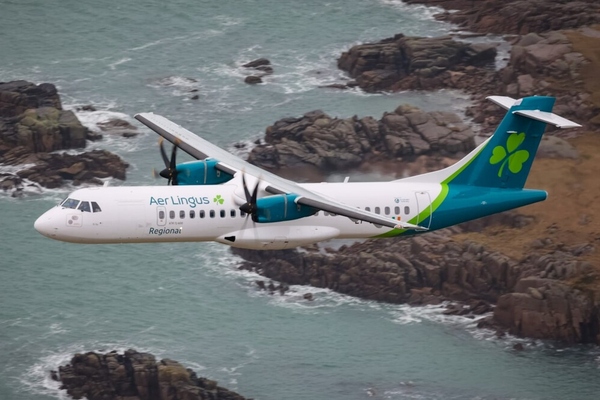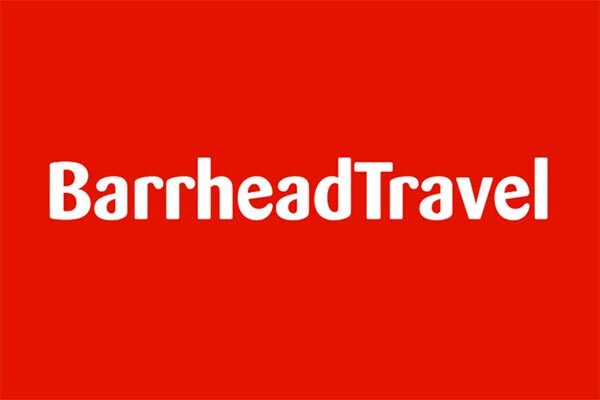EU sets out 'blueprint' for safe restoration of air travel
 James Chapple
James ChappleThe EU has drawn up new guidelines for the safe restoration of air travel, promising to place a focus on health and safety "at every stage of the passenger journey".
The joint European Aviation Safety Agency (Easa) and Europe Centre for Disease Prevention and Control (ECDC) aim to protect both travellers and aviation personnel when airlines resume regular flight operations.
Its core principles include observing social distancing wherever possible; wearing medical face masks to protect others; and practising "scrupulous and frequent" hand hygiene.
Easa and the ECDC said pragmatism should be at the heart of implementation, recognising all airports, airlines and aircraft differ; it has pledged to give further guidance on ways individual locations and situations can be "re-engineered" to meet the new standards.
The two organisations were tasked with drawing up the guidelines by the European Commission as part of a wider package of measures to enable the safe restoration of transport services and connectivity following the Covid-19 outbreak.
"Passengers have to have confidence that taking to the skies again in a confined space with other people poses the minimum possible risk to their health," said EU transport commissioner Adina Valean.
The advice breaks journeys down into six segments: pre-airport; check-in, departures and terminal; boarding; in-flight; transit; and arrival. Separate guidance has been drafted for flight crew.
Passengers will be expected to take personal responsibility, such as not seeking to travel if they have any Covid-19 symptoms or have knowingly come into contact with someone with coronavirus.
They will be recommended to practice distancing, hand hygiene, respiratory etiquette, use medical face masks and to declare their Covid-19 status before receiving their boarding pass. Passengers will also be asked to provide contact information for "track and trace" if someone onboard later tests positive for coronavirus.
Those not travelling will need to say goodbye to the passenger before they enter the terminal building, except in defined special cases, the measures confirm.
"This protocol is the blueprint for safe air travel, from the moment of arrival at the departure airport right through to leaving the airport at the destination," said Easa executive director Patrick Ky, who added the measures were "the start rather than the end" of a process to make air travel as safe as possible from the health perspective.
Aircraft and airport operators will be asked to ensure physical distancing of at least 1.5 metres "wherever feasible", especially during check-in, security, pre-boarding and boarding. Where this is not possible, additional measures such as increased hand hygiene and respiratory etiquette should be implemented.
Onboard, the same health measures should be observed at all times. And "where allowed" by passenger load, cabin configuration and aircraft balancing requirements, airlines should ensure the greatest possible physical distance between passngers.
ECDC director Andrea Ammon added: "This joint work will provide a source of best practice on how airport operators, airlines and national aviation authorities can reduce the risk of virus transmission for passengers as well as the staff and crew who serve them while maintaining safe and secure operations."
Sign up for weekday travel news and analysis straight to your inbox

James Chapple
Supplier Directory
Find contacts for 260+ travel suppliers. Type name, company or destination.














